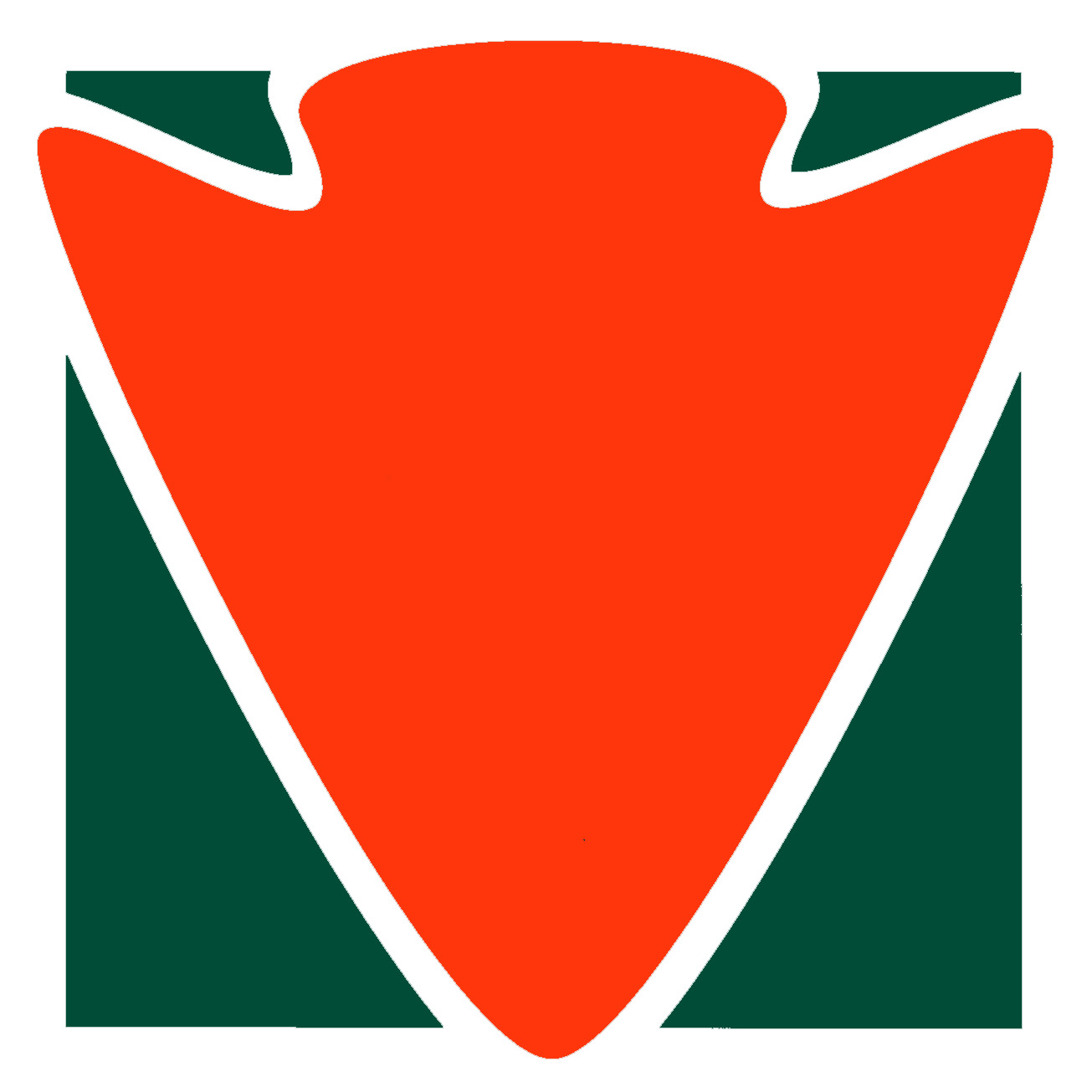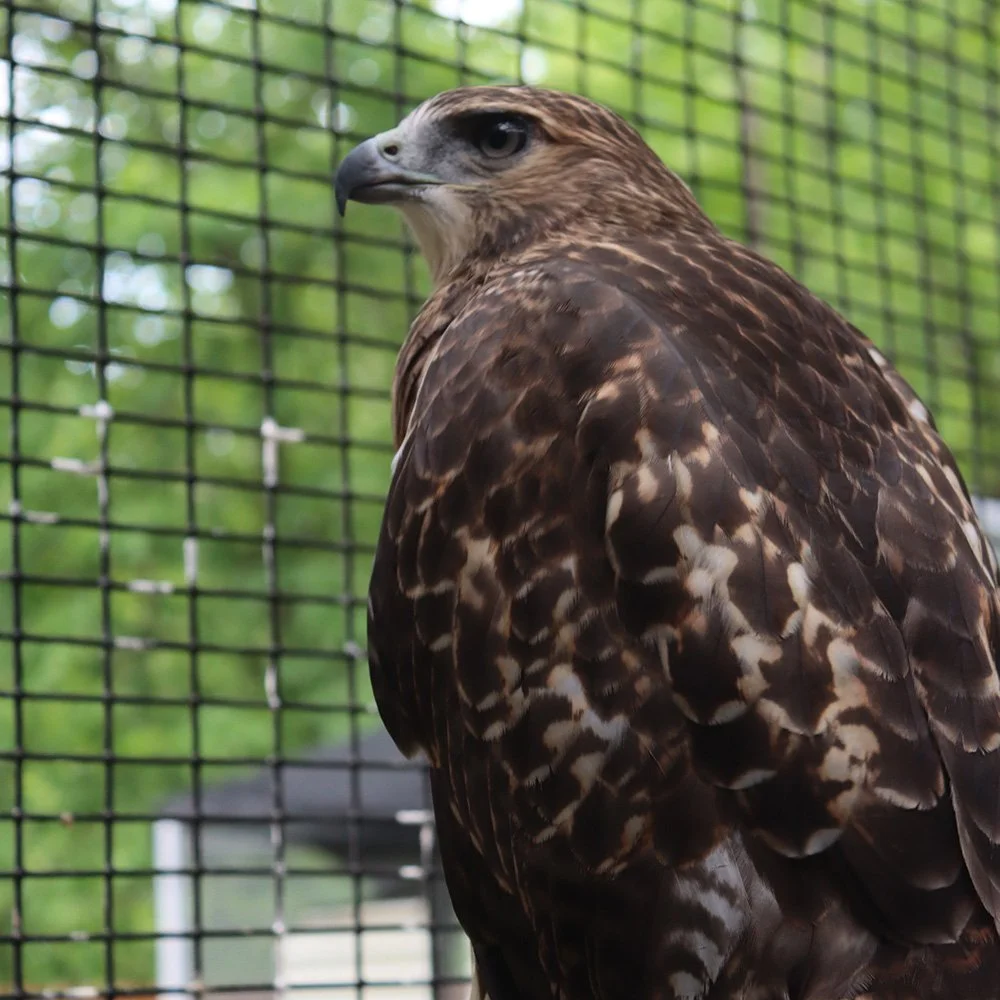THE RAPTOR CENTER
Welcome to the Raptor Center! Located at Carlisle Reservation, next to Carlisle Visitor Center, 12882 Diagonal Road, LaGrange, Ohio.
The residents of our center are wild-hatched birds that have sustained permanent injuries, usually resulting from close contact with humans. As a result these birds cannot hunt for their own food or survive in the wild. Each Raptor Center resident has now become a wildlife ambassador and used during education programs throughout the County.
The Raptor Center of the Lorain County Metro Parks is committed to the professional care and management of non-releasable raptors. We are dedicated to educating about and fostering respect for these masters of the skies and their roles in nature. These birds are property of the Ohio Department of Natural Resources Division of Wildlife. Only through their permission and through the US Fish and Wildlife Service is this facility possible.
We encourage you to visit our facility and take a closer look at these fascinating animals, located at the Carlisle Visitor Center in LaGrange, Ohio.
MISSION STATEMENT
The Raptor Center of the Lorain County Metro Parks at the Carlisle Visitor Center is a facility dedicated to the professional care and management of non-releasable raptors while maintaining the highest level of welfare possible. Through quality programs, we provide the knowledge, skills, experiences, and dedication that empower visitors to become stewards for their neighboring wildlife and wild places.
What is a raptor?
A raptor is a bird of prey that hunts for its food. The word raptor comes from the Latin root that means "to seize and carry away". This title is given to any bird that kills with its feet and then carries food away to another perch to eat. Hawks, eagles, falcons, osprey, and owls are all raptors. Raptors have special tools on their body to help them find and catch their food such as excellent eyesight, strong feet and sharp talons at the ends of their toes. These birds also have a sharp, hooked beak for tearing their meat.
All birds of prey are valuable predators. Many raptor species eat small mammals and keep the populations of these animals at a sustainable level. Other raptors eat fish or previously expired animals (carrion).
Raptor Center Residents
The Lorain County Metro Parks’ Raptor Center houses a variety of raptor species that are common to our area. Click or tap the images below to enlarge the photo of each of our Raptor Center residents.
Artemis - Turkey Vulture
Click or tap to enlarge
- Male
- Raptor Center resident since 2010
- Permanently imprinted*
Nebula - Red-tailed Hawk
Click or tap to enlarge
- Female
- Raptor Center resident since 2021
- Permanent eye injury
Hermione - Great Horned Owl
Click or tap to enlarge
- Female
- Raptor Center resident since 2021
- Permanent eye injury
Luna - Barn Owl
Click or tap to enlarge
- Female
- Raptor Center resident since 2020
- Permanently imprinted*
Moody Swoops - Eastern Screech-Owl
Click or tap to enlarge
- Female
- Raptor Center Resident since 2022
- Permanent eye injury
Skywalker - Red-tailed Hawk
Click or tap to enlarge
- Female
- Raptor Center Resident since 2022
- Leg injury and permanently imprinted*
Stewart - Barred Owl
Click or tap to enlarge
- Male
- Raptor Center resident since 2007
- Permanent wing injury
*What does imprinted mean?
Imprinting refers to a critical period of time that occurs early in an animal’s life when it forms attachments and develops a concept of its own identity. Birds & mammals are born with a pre-programmed drive to imprint onto their mother. Imprinting provides animals with important “life skills” such as information about who they are, what & how to eat, what is a threat, who to mate with, etc. This imprinted “how to be a wild animal” knowledge is retained for life.
When only a few days old, Artemis was found on the ground. Due to needing medical attention, he had to be raised by wildlife rehabilitators. By the time he was transferred to the LCMP Raptor Center two months later, he had already imprinted on humans. Consequently, Artemis thinks that he is “one of us,” and due to never learning the skills necessary to be a “wild” turkey vulture, he relies on the care of humans for his survival.
**What is Leucism?
Leucism is a genetic mutation of birds and other animals that prevents melanin and other natural pigments from being deposited normally. Leucism comes in two main varieties: paleness (an equal reduction of pigment in all feathers) and pied (an absence of pigment in some feathers creating white patches). Birds with extensive leucism have weaker feathers that will wear out more swiftly, making flight difficult. The weaker feathers also reduce some of the bird’s insulation.
Albinism results in the reduction of melanin production throughout the body. The easiest way to determine whether an animal is an albino or leucistic is by looking at eye color. Albinistic birds have pink-colored eyes because, without melanin in the body, the only color comes from the blood vessels behind the eye. It is possible for a leucistic bird to be completely white and still have normal-colored eyes, because the eye pigments develop through a different pathway and aren’t altered by the genetic mutation that affects feathers.
Click or tap the links below to learn more about each species, courtesy of the Cornell Lab.
ADOPT-A-RAPTOR PROGRAM
The Adopt-A-Raptor monetary donation program contributes to the ongoing care of these amazing creatures. The funds raised through this program are used towards providing medical care, food, exhibit maintenance and cleaning supplies. The support of the numerous Adopt-A-Raptor “Parents” is crucial for maintaining a high standard of care for the Raptor Center’s residents. A large, appreciative thank you to all of our Parents! Click or tap the button below to download a PDF of the Adopt-A-Raptor donation form.
You may also want to consider visiting our Raptor Center Amazon wish list for items we use on a regular basis in the Raptor Center.
Levels of Adoption
$25:
- Adoption certificate
- Personalized letter from your bird
- Name of adoptee on "Parents' Board" posted outside the Raptor Center
- An invitation to “Parents’ Appreciation Day"
$50:
All the perks of the $25 adopption level, plus:
- Natural History information card
- Adopt-A-Raptor magnet
$100:
All the perks of the $50 adopption level, plus:
- 8" x 12" photo of your adopted bird
- Logoed window decal
$150:
All the perks of the $50 adopption level, plus:
- 8" x 12" photo of your adopted bird
- Logoed spiral notebook with pen
$250:
All the perks of the $50 adopption level, plus:
- Logoed window decal
- Personal photo opportunity with bird*
- Personal tour of Raptor Center facility
$500:
All the perks of the $50 adopption level, plus:
- Logoed spiral notebook with pen
- Personal tour of Raptor Center facility
- Personal photo opportunity with bird*
- Free Carlisle Room (at Carlisle Visitor Center) rental for four hours
- Personal Bird of Prey program with Naturalist Staff for your group at time of room rental
*Bird availability at the discretion of the Avian Program Curator.
Hours
8 a.m.-4:30 p.m.
Daily



